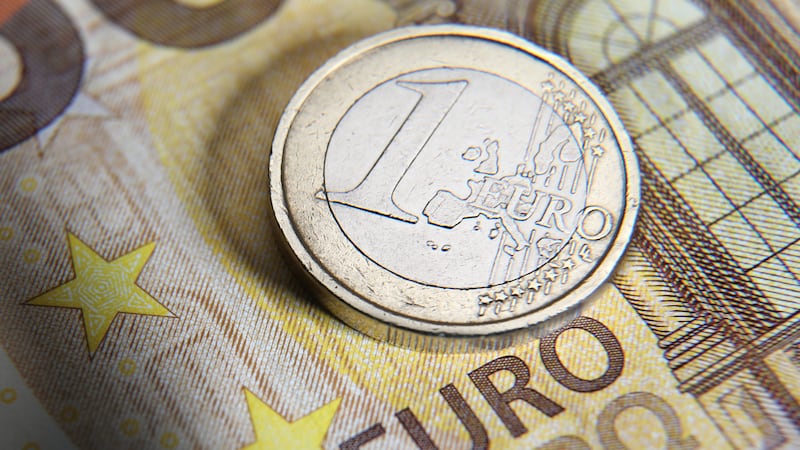Residential property prices in the 12 months to the end of March increased by 9.6 per cent, according to the latest property price index from the Central Statistics Office. The monthly change increased by just 0.1 per cent.
Prices for houses in the southeast, excluding South Tipperary, witnessed the most dramatic increase in the year to March, increasing by 15.5 per cent. Prices of houses in the west closely followed, up by 15.3 per cent on the year.
In Dublin, residential property prices increased by 8.2 per cent in the year to March. Dublin house prices increased by 8 per cent, while apartment prices increased 9.6 per cent.
The highest house price growth was in Dublin city, at 10.7 per cent, whereas the lowest growth was in Fingal, with house prices rising just 2.2 per cent.
Dublin dragged on the figures overall, as evidenced by the growth seen when Dublin is excluded from the figures. Residential property prices rose by 11.8 per cent in Ireland excluding Dublin.
Heightened demand
Commenting on the release, Dermot O’Leary, chief economist at Goodbody Stockbrokers, said: “With significant levels of mortgage approvals outstanding, heightened demand is likely to keep price inflation at a high level for the foreseeable future.
“In relation to new homes, the level of transactions remains exceptionally low, with just 1,445 units sold. The issue here is supply rather than demand.”
Overall, the national index is 31.5 per cent lower than its peak at the height of the boom in 2007. However, from the low point in early 2013, prices nationally have increased by 50.4 per cent, with Dublin residential property prices increasing by 67.6 per cent in that period.
The monthly figures paint a slightly different picture across Ireland. Compared with February 2017, the price of residential properties decreased by 0.2 per cent nationally when Dublin is excluded. The highest monthly drop was in the west of Ireland, where house prices dropped by 3.5 per cent on the month. The highest increase was seen in apartment prices nationally when Dublin is excluded, the price of which rose by 2.8 per cent.
In a note to investors, Alan McQuaid, an economist at Merrion Private, said: "Until this issue is addressed, prices in the capital and its outskirts will likely remain elevated, even with Brexit-related risks. The easing of mortgage lending restrictions imposed by the Central Bank, combined with the tax-incentive scheme for first-time buyers announced in the October budget, will keep upward pressure on prices until new supply comes on the market.
“The real question is whether we need this type of incentive at all, with politicians seemingly not learning their lesson from the property crash/financial crisis.”

















